Indeed, there is no avoiding it: here’s how to clean and maintain the drain of your shower tray.
It’s there but you can’t see it: the dirt that builds up under the drain strainer of your shower, the one you’d never want to clean. Here’s how to clean and maintain the shower drain: after reading our tips, keeping it clean will be a breeze.
In the care and maintenance section of our blog we discuss how to clean the different parts of the bathroom. We have discussed how to maintain a clean shower enclosure (shower tray and screens), and today’s post addresses how to clean the shower drain strainer and drain pipe. For sure, this is not the most enjoyable task in the world, but it is unfortunately one of the most necessary to ensure that water flows properly and that unpleasant odours do not develop.
A modern shower drain (some essential information)
Unlike older, traditional ceramic models, most modern, designer shower trays are not fitted with a fixed metal drain.
For aesthetic reasons, in modern shower trays the drain pipe is concealed by a drain strainer that typically matches the shower tray’s material (and colour); the shape is determined by the design of the shower tray (round, square, full-length).
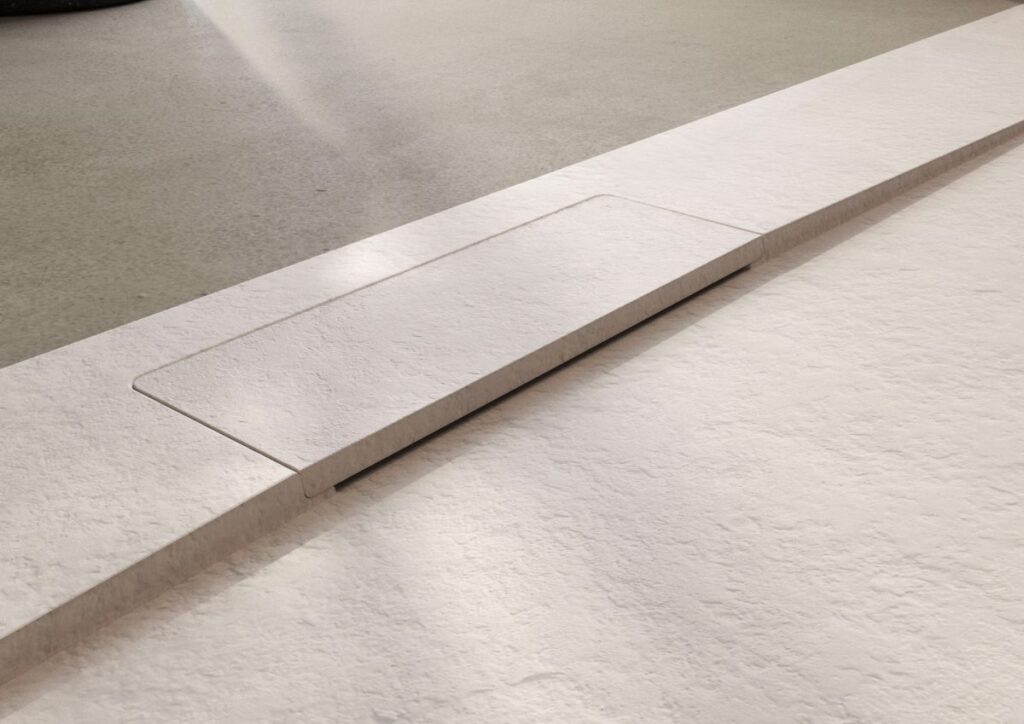
Let’s get to it: how to clean the shower drain
To inspect and clean the drain you first have to lift the strainer to gain access to the drain, which itself typically consists of a removable plastic drain body and non-removable components underneath.
- To clean the strainer, simply follow the cleaning and care instructions for the material it is made of (ceramic, resin or Solid Surface);
- Remove any residual soap scum or dirt from the drain body, then wash with suitable detergents;
- Based on the type of drain, use a pipe scrubber or a sponge and a specific detergent to remove dirt build-up from the non-removable components;
Remove any dirt, hair and soap residues. Although most drains have filters that prevent large objects from clogging them, small objects may become trapped inside.
Once the drain has been unclogged, clean it with detergents (see below).
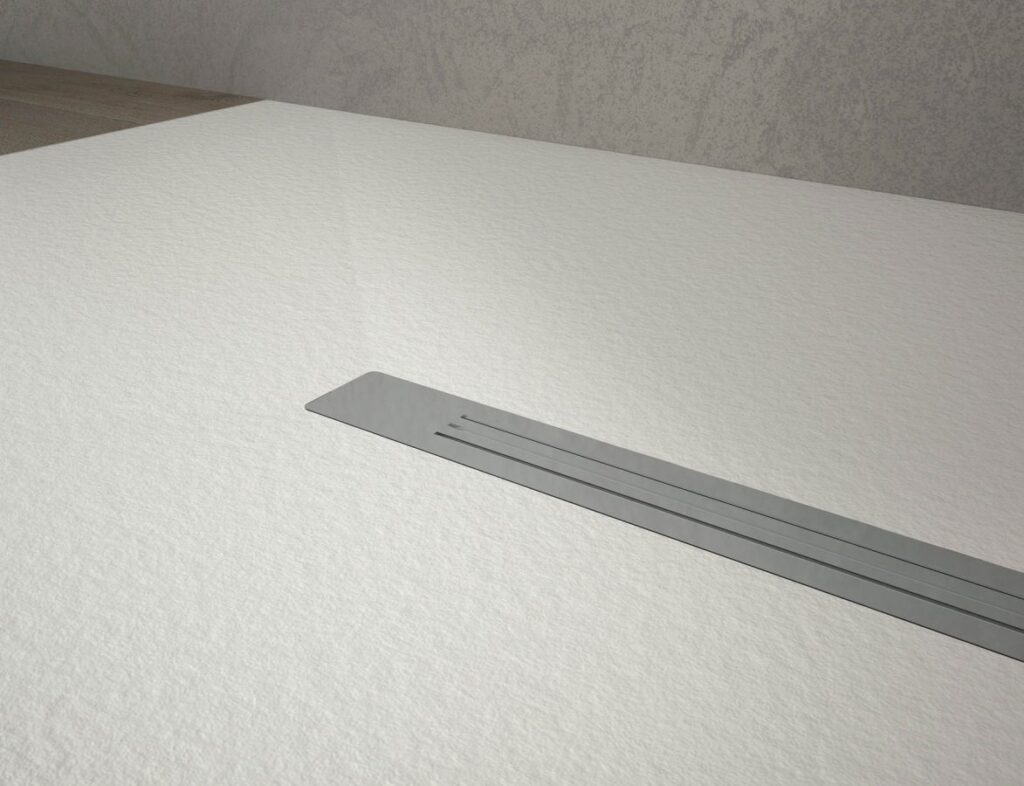
Detergents and folk remedies: what should you use to clean the shower drain?
The shower tray is constantly exposed to water, limescale, oily and/or coloured soaps and body products. Let’s take a look at the best detergents to use for cleaning and sanitizing it properly.
You can find these cleaning products at large supermarkets and specialized DIY centres, as well as in small hardware stores and building supply stores.
Always start with the least harsh detergent, and only use more aggressive ones for stubborn dirt:
- Mild bleach: normally removes most of the dirt and grime, and can be used safely especially if the drain is newly installed and regularly cleaned;
- Drain unblockers: specially formulated products for cleaning drains;
- Enzymatic detergents: enzyme-based detergents that dissolve proteins in hair and/or food (they can also be used in the kitchen), aiding drainage;
- Caustic soda-based detergents: very aggressive, used to dissolve stubborn dirt and greasy residues (use with caution);
- Hydrochloric acid: helps dissolve limescale and deposits. This too must be used with caution, wearing gloves and a mask.
Useful tip | Always remember to take into account the material of the drain itself (especially the non-removable part), to avoid using inappropriate detergents: whether it’s plastic, steel, brass or aluminium, each product requires specific cleaning methods. If you don’t know what material the drain is made of, opt for the least harsh detergent to avoid irreparably damaging a component that cannot be removed and/or replaced.
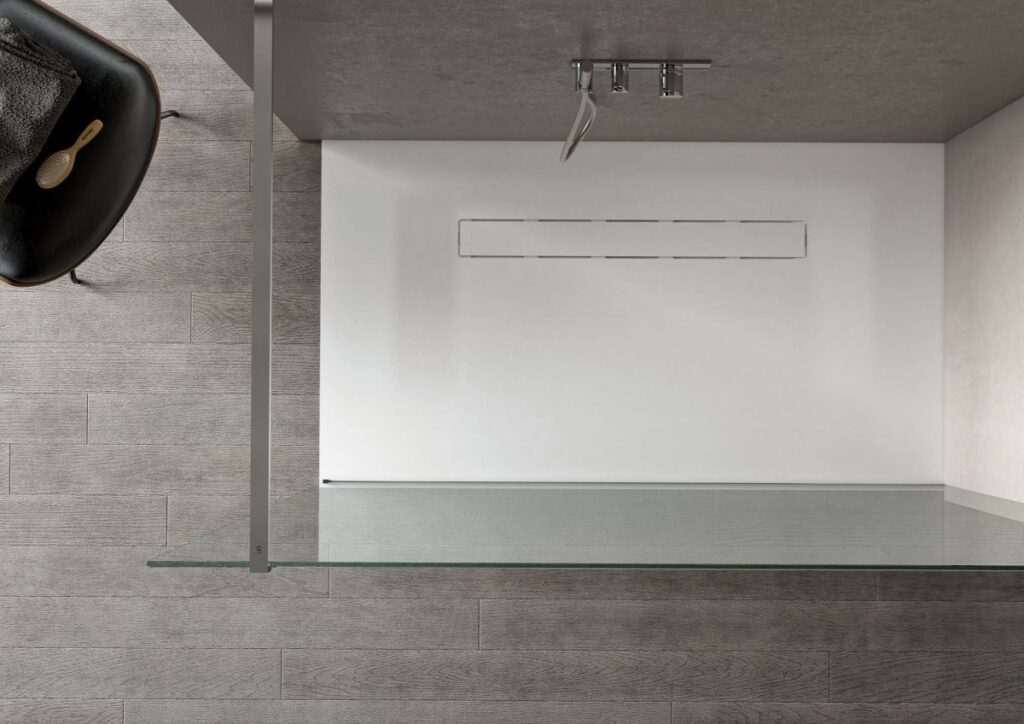
Each has its own drain: see the full range of Disenia shower trays
What about folk remedies?
Although it is very common to read about the combined use of baking soda and vinegar, it has now been scientifically proven that this is a highly ineffective method for cleaning any surface, as the two products neutralize each other when used together, making the mixture virtually useless.
Given this, it’s assuredly better to opt for specially formulated products designed for cleaning drains.
Taking proper precautions and always following the instructions on the packaging will ensure you use the correct cleaner and avoid any risks.
So what do you think? Have you already cleaned your shower drain? Did you already know how to do it? If you have any questions don’t hesitate to contact Disenia’s after-sales service, and make sure to check out our cleaning and maintenance posts!

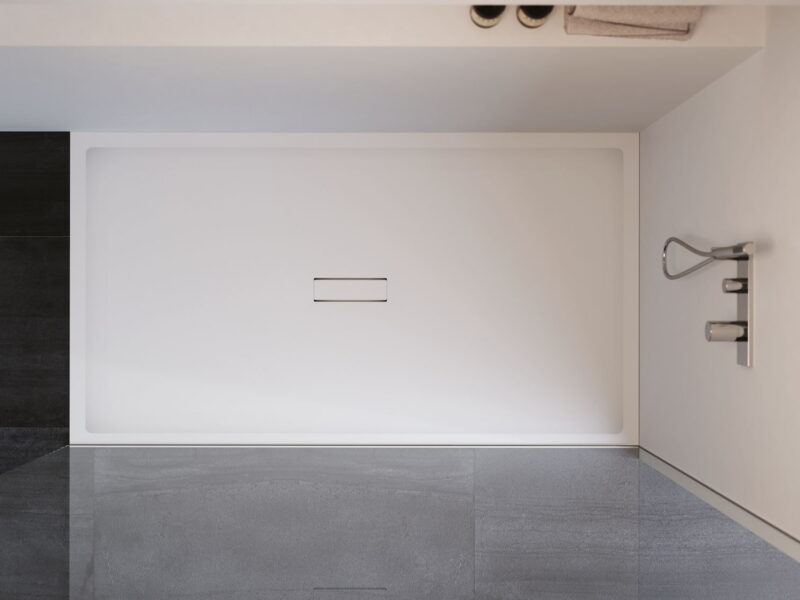







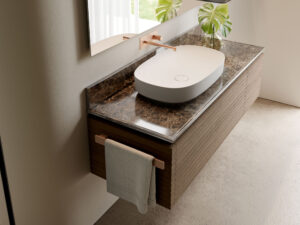


 Strictly necessary cookies
Strictly necessary cookies
 Functionality cookies
Functionality cookies
 Tracking cookies
Tracking cookies Targeting and advertising cookies
Targeting and advertising cookies